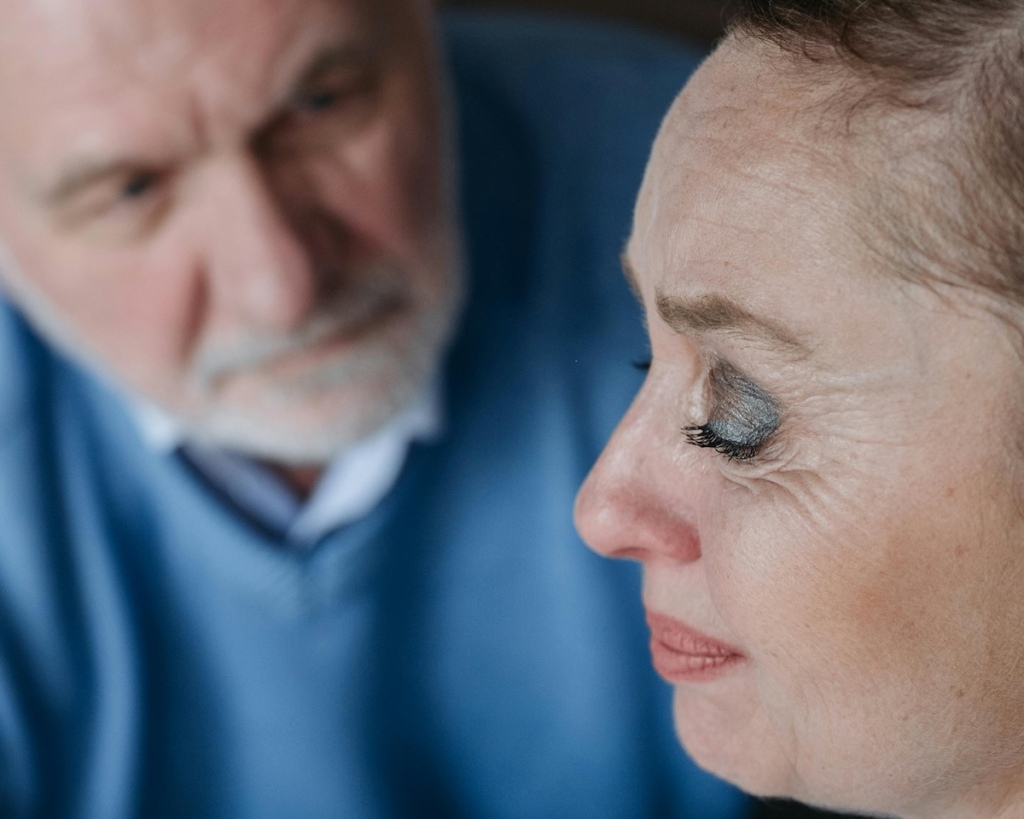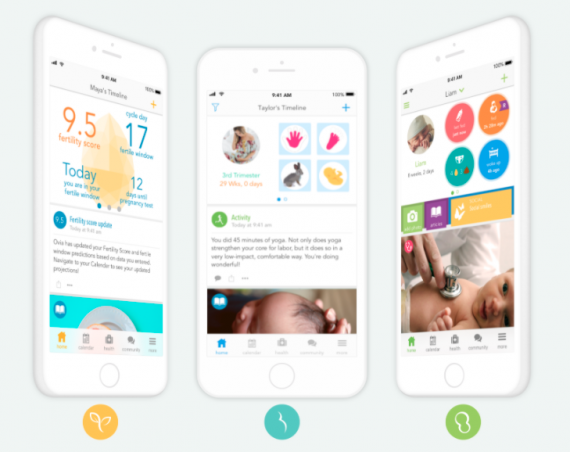
Imagine spending your entire life caring for others, only to find yourself alone and under-supported in your final days. This is the reality for many women approaching the end of life. While death may be universal, the journey toward it is not. Recent research reveals a troubling pattern in end-of-life care: your gender can significantly influence everything from how your pain is managed to where you spend your final days.
“These interventions are often avoidable, may not improve comfort, and are frequently distressing to residents and their families,” notes research published in JAMA Network Open. Yet the way these interventions are applied—and to whom—reveals a stark gender divide in how we care for people in their final chapter of life.
The disparities begin long before the end. Women are far more likely to face death alone, often finding themselves widowed and isolated in their final years. This solitude isn’t just emotional – it has practical implications for care. After a lifetime of wage disparities and career interruptions to care for others, women often approach their final days with significantly fewer financial resources than their male counterparts.
When it comes to managing symptoms, the gender gap widens further. Research consistently shows that women report more severe pain, fatigue, and nausea compared to men with similar conditions. Yet remarkably, these differences rarely appear in medical charts or documentation. More troubling still is the finding that women’s pain is frequently undertreated, reflecting a deeply ingrained societal belief that women tend to exaggerate their symptoms or that their pain is primarily emotional rather than physical.
The way men and women make end-of-life decisions also differs dramatically. Women are more likely to have “do not resuscitate” orders and typically receive less intensive care unit treatment. While they’re generally more accepting of palliative care rather than aggressive treatment options, research reveals a paradox: women don’t benefit from early palliative care integration as much as men do.
Perhaps nowhere is the gender disparity more evident than in caregiving roles. Female caregivers shoulder a disproportionate burden, experiencing greater mental and physical strain, lower self-esteem, and increased fatigue. This heightened burden stems from deeply rooted societal expectations that women are natural caregivers – expectations that often lead healthcare providers to unconsciously delegate more physical care tasks to female family members while assigning decision-making roles to males.
The very way men and women communicate about their end-of-life experiences reveals another layer of disparity. Women typically demonstrate greater ability to express their needs and ask for help, using a wider vocabulary that encompasses both physical and emotional aspects of their experience. Men, constrained by societal expectations of stoicism and independence, often struggle to voice their vulnerabilities.
These patterns of inequality don’t just affect individual patients – they reveal systemic issues that demand attention. Recent studies indicate that merely recognizing these gender disparities isn’t enough. Healthcare systems need to actively work to address them, starting with providers examining their own gender biases in treatment decisions. Care systems must evolve to consider the unique challenges faced by women living alone at the end of life, while support services should account for the different communication styles and needs between men and women.
The path forward isn’t about creating separate systems for men and women. Rather, it’s about building flexibility into our existing healthcare framework to accommodate these differences – ensuring that everyone, regardless of gender, receives the care they need in their final days. As our understanding of these disparities grows, so does our responsibility to address them, creating a future where end-of-life care truly serves everyone equally.



